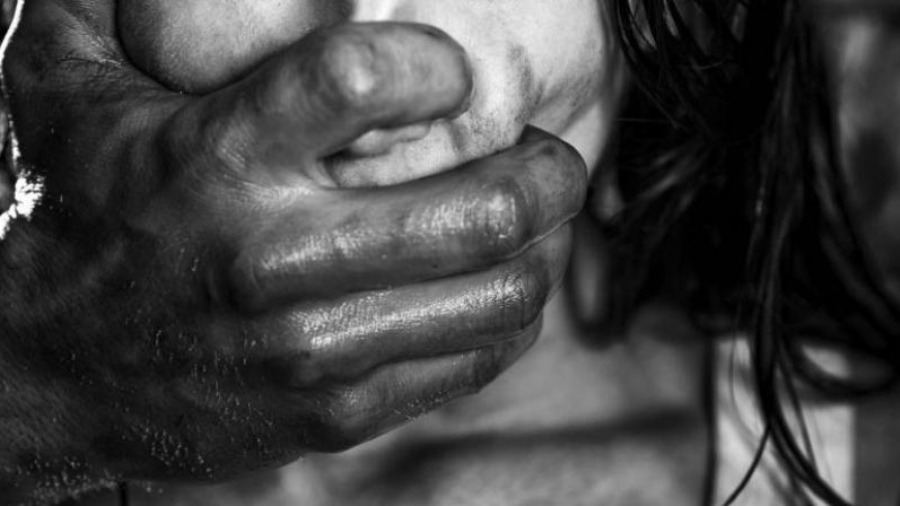Humanity is missing, and it’s being trafficked
*The real names of the victims will not be used in this story.
“Thank you, thank you, thank you,” a mother finishes her words with gratitude and wet eyes. She had never seen whom she thanked, she had never spoken to him.
That man was a trucker who called 911 when he saw young girls who weren’t even 18 years old, being sold in a truck stop. His call saved Julia (not her real name) and ended her mother’s tense wait. Not only Julia and 7 other minors were saved, but 31 offenders were convicted and a 13-state prostitution ring was destroyed, according to a training video by Truckers Against Trafficking.
Julia is only one of the few rescued children among up to 300,000 minors who are trafficked within the borders of the U.S. each year. According to the International Labour Organization, an estimated 40.3 million people in 2016 were victims of human trafficking globally, including 24.9 million in forced labor and 15.4 million in forced marriage.
They are sold, raped and abused multiple times a day, having no choice but to remain silent under threats with a shaky, unguarded state of mind.
Despite the common belief that human trafficking is a scourge of third world countries, the U.S. has gotten its share from the global act of modern slavery. The National Center for Missing and Exploited Children (NCMEC) reports that one in seven children of the 25,000 runaways reported were likely trafficked in child sex rings in 2017.
The U.S. Department of Justice describes child sex trafficking as “the recruitment, harboring, transportation, provision, obtaining, patronizing, or soliciting of a minor for the purpose of a commercial sex act.” Across the U.S., most of these children are vulnerable members of their families, runaways or already in the foster care when they run.
Traffickers usually target young girls who have a history of abuse or trauma, or simply undocumented individuals who are lured into this industry with promises. Traffickers usually abuse their victims psychologically, leash them with drugs and threaten to kill their families if they attempt to run away. Victims are relocated by their traffickers in remote places such as motels and truck stops with the help of online advertisement services, including Backpage.com.
Since 2007, more than 45,000 human trafficking cases have been reported to the National Human Trafficking Hotline. Of the 5,147 human trafficking cases reported this year, 3,718 of them were sex trafficking cases. It is estimated that up to 300,000 underage Americans are victimized for commercial sex trade each year.
FOSTA Bill
Last April, President Trump signed the legislation that enables victims and their families to pursue websites associated with online sex trafficking – a modern form of child trade that has victimized many American children over the past years and has been protected by the Communications Decency Act (CDA). The act had given immunity to websites that promoted or facilitated prostitution of minors on the grounds that an intermediary website could not “be held liable on account of” content shared by providers or users.
J.S., a survivor who was sold over a hundred times on Backpage.com when she was only 15, was standing next to Trump as he signed the “Allow States and Victims to Fight Online Sex Trafficking Act” (FOSTA). J.S., who is now a 23-year-old mother, was one of the subjects of Mary Mazzio’s 2017 documentary I am Jane Doe, an intense collection of real accounts from American girls enslaved in child sex trafficking.
The website through which pictures of J.S. were advertised, Backpage.com, is associated with the trafficking of thousands of American children. On April 6, 2018, the website and its affiliates were shut down by the Federal Bureau of Investigation.
To avoid being flagged, Backpage, the second most-visited ads website after Craigslist, is alleged to have censored words and provided alternative forms for signals such as “teen,” “young” and other keywords that indicated an advertisement of a minor for prostitution. J.S. was only one of those children trafficked
online – a portion of 86% of child trafficking as a whole.
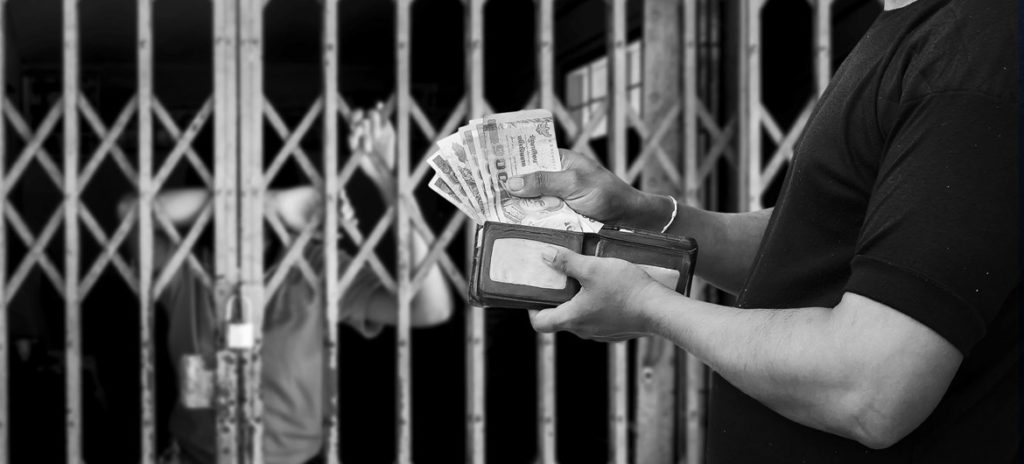
Fight Against Trafficking
Both in federal and state levels, many organizations have rolled up sleeves to raise awareness on human trafficking, especially for child sex trade. Despite being underreported, the epidemic of human trafficking has been tackled by the Defense Advanced Research Projects Agency (DARPA). DARPA has launched its Memex program that develops software to search and detect online information. The technological subsets in the program are designed to fight human trafficking which “is a factor in many types of military, law enforcement and intelligence investigations and has a significant web presence to attract customers.”
Established in 2011, the National Center for Missing and Exploited Children’s (NCMEC) Child Sex Trafficking Team has been working on providing technical assistance to help with “the identification, location and provision of recovery planning” to children who are trafficked.
The FBI’s annual law enforcement action “Operation Cross Country” has been recovering victims of child sex trafficking at home and abroad. The 11th iteration has concluded last year with 84 juvenile victims saved and 120 offenders arrested. Along with the operation, the Bureau has dedicated itself to the fight against domestic minor sex trafficking through “Innocence Lost Task Force,” a national initiative that has recovered more than 3,400 children since its start.
Many of the exploited minors in this crime ring are forced to frequent parking lots and rest areas at truck stops. Due to their remote locations between state highways and the heavy frequency rate by truckers, truck stops are considered a convenient place for traffickers. Victims are moved from city to city, or from state to state, forced to have commercial sex at truck stops. In order to educate drivers on how to detect such events, and rescue these girls, Truckers Against Trafficking has been training drivers – so far 622,050 are trained and 2,221 calls have been made to the National Human Trafficking Hotline by truckers. Since the launch of the project, 1,123 victims have been identified thanks to the efforts.
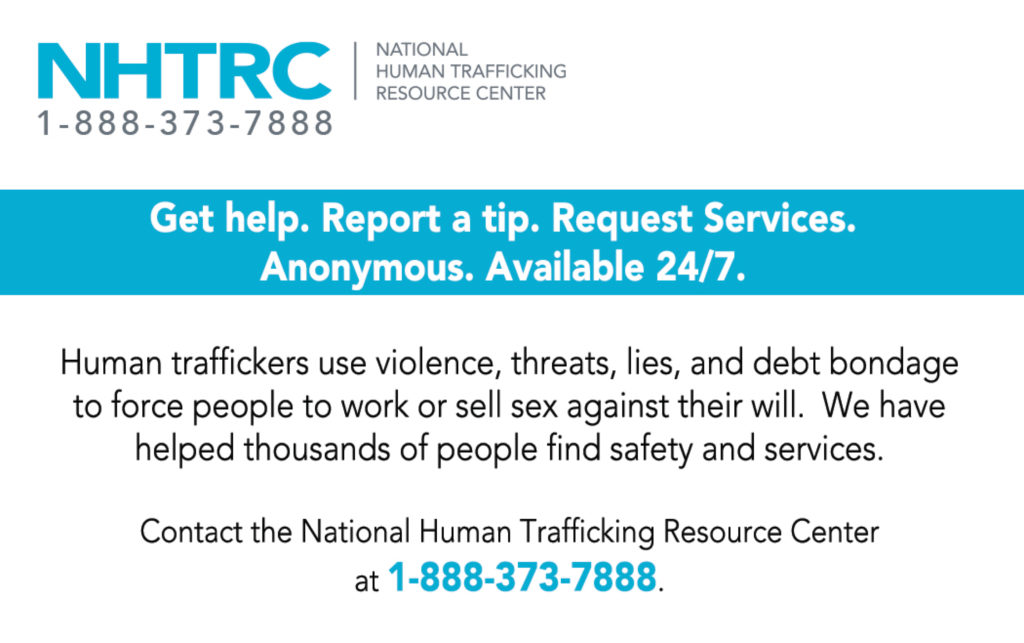
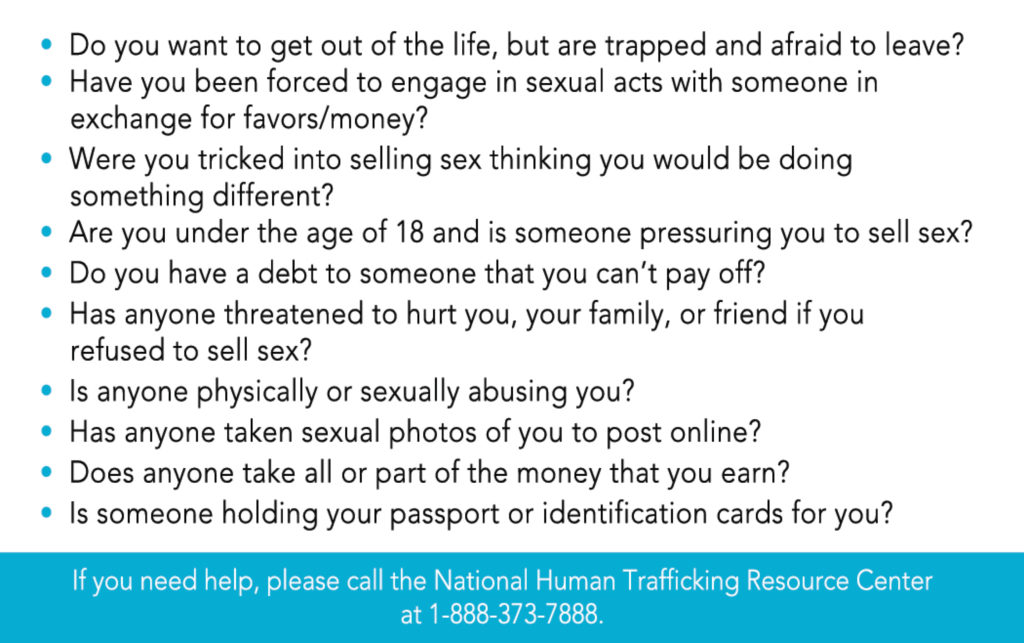
Written by

Emre Ertugrul
Emre Ertugrul is a reporter for Safetywatch.org, covering controversial drugs and medical devices, reporting on health policy and the FDA. He studied journalism with concentration in investigative reporting at Boston University. Previous experience with the New England Center for Investigative Reporting include tax issues, racial profiling and criminal justice. He also worked as an international news intern at Milliyet Newspaper and is currently one of the editors for Gazet.com.
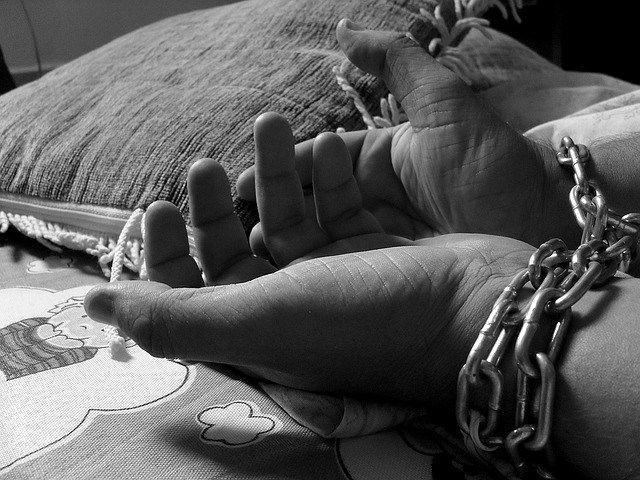
If you are in immediate danger, contact 911.
For immediate assistance, call the National Human Trafficking Hotline at 1-888-373-7888. You can reach the Hotline 24 hours a day, 7 days a week in more than 200 languages. All calls are confidential and answered live by highly trained Anti-Trafficking Hotline Advocates.


